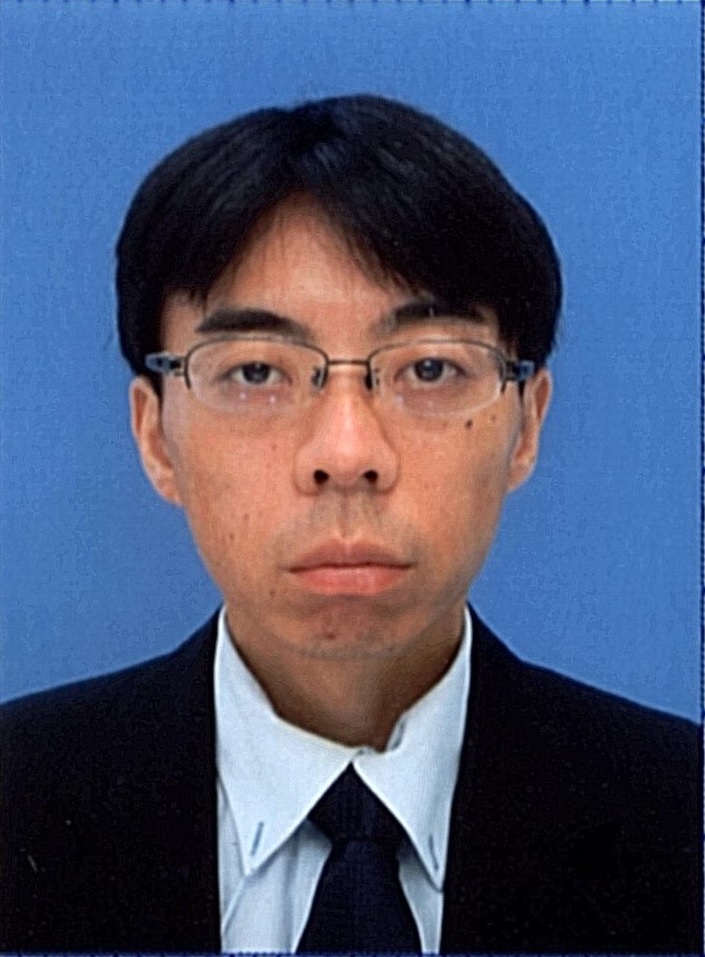High efficiency and energy loss
Environmental regulations in Europe and China have been tightened in recent years, and the development of electric vehicles is being pursued with the goal of saving energy and alleviating environmental problems caused by exhaust gases such as carbon dioxide. Motors serve as the engines of electric vehicles, and since motor performance greatly affects the running performance and fuel consumption of a vehicle, motor performance improvement is a key to the widespread adoption of electric vehicles.
A motor is a device that converts electrical energy and magnetic energy into mechanical energy. It is not easy to perform energy conversion without some inevitable loss. Furthermore, motors are driven at a wide range of rotational speeds from low to high, but the range in which they can be driven efficiently may not be so wide. Reduced efficiency is caused by loss, types of which include core loss and copper loss, and these have different mechanisms of occurrence and different prevention measures.
Because weight restrictions on industrial motors are generally not very stringent, such motors can be improved in efficiency by increasing mass and reducing loss. On the other hand, when the mass of an electric vehicle is increased, the weight of the motor increases and overall efficiency, including running performance and fuel consumption, decreases. For this reason, there is a demand for reduced mass and weight of electric vehicle motors. Improved efficiency of the motor itself is also important. To increase efficiency without increasing mass, the loss of the core material (core loss) used in the motor must be reduced. This does not mean that improved motor efficiency can be realized simply by purchasing low loss core material and using it in the motor. Evaluation of motor material property as well as motor structural design, processing and manufacturing technology appropriate for the core material are crucial.

Design and development of high efficiency and low loss motors

This study deals with the explanation of electromagnetic phenomena and loss-reducing techniques for motors and core materials from the viewpoints of both measurement and analysis. Because electromagnetic fields are not visible, measurement techniques using sensors and computer simulation techniques such as finite element analysis are used to visualize the magnetic fields. It is known that loss increases when stresses occurring in processing and motor assembly are incurred by the core material. This study presents a concept called the stress vector magnetic characteristics technique. Its objective is to accurately understand the influence of stress on motor characteristics and core material magnetic characteristics, and to develop a technique that makes maximum use of these characteristics. Focusing on parts where loss is reduced by stress, this study aims to develop a new motor and core material that proactively utilizes stress. We are also working on developing a technique for magnetic, mechanical and thermal design of motors.
*1: A device that sends a current through a coil (electrical energy), and converts the produced magnetic field (magnetic energy) into rotational movement (mechanical energy) using a core or magnet.
*2: A motor characterized by having fewer parts than the motor of an engine vehicle. This motor electrically controls an electric vehicle and is said to be compatible with automated driving.
*3: Loss generated by magnetic flux in a core. Divided into hysteresis loss and eddy-current loss.
*4: Because a coil has resistance, Joule heat is produced when a current flows through it. Heat generated by a current flowing through a conductor (electric power) results in loss.
*5: The proportion of output energy relative to input energy. Input energy can also be expressed as the sum of output energy and loss.
*6: When motor output is increased, efficiency increases. Power is determined by the product of electrical load, magnetic load, rotational speed and mass. When motor mass is increased, power increases and loss decreases. Since there is relative freedom in the mass and shape of an industrial motor, a high efficiency motor can be made by increasing its size.
*7: Magnetic design is the optimization of core and coil structure to reduce loss of a motor. Mechanical design is design that includes mechanical strength and vibration of a motor. Thermal design is design that includes heat generation and cooling of a motor. Even if the magnetic design makes the most of the core, motor performance varies depending on mechanical and thermal design.
*8: During motor assembly, the core material is processed into a motor shape by cutting or punching, and the punched core is layered and fixed. Additionally, the coil is wound and inserted in the case to produce the final motor.
*9: The force per unit area occurring on the interior of an object. When stress is applied to a core material, the electromagnetic phenomena change.
*10: Simulates the stress and drive status of an actual motor to enable accurate evaluation of the magnetic characteristics of the core (core loss, etc.). Developed independently, it is the first such measurement device in the world.


